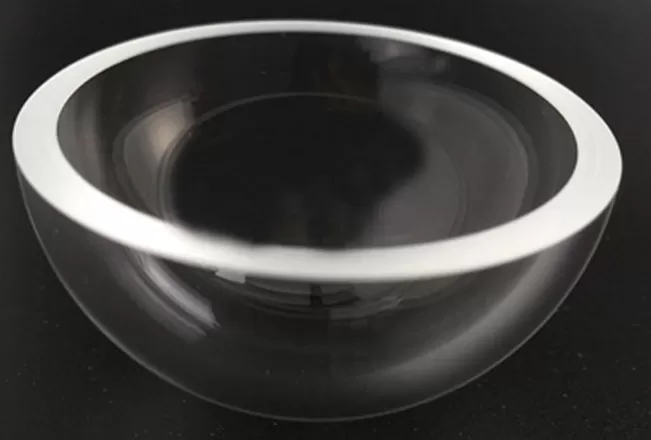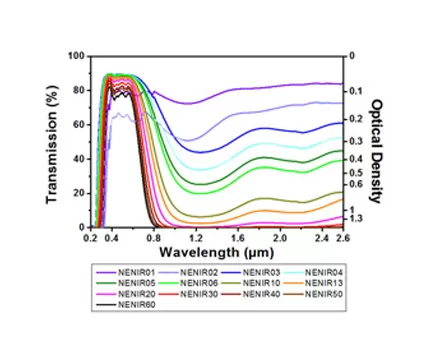The wedge prism is a specialized optical component that plays an important role in physics, optical engineering, and related fields. This article provides a detailed introduction to the basic concept, working principle, application areas, and technological significance of the wedge prism in modern science and engineering.
Definition and Structure of the Wedge Prism
A wedge prism is an optical prism with a wedge-shaped structure. Its two optical surfaces are angled relative to each other, causing the thickness of the prism to gradually change from one end to the other. This geometry gives the wedge prism its unique optical effects when light passes through it.
Working Principle
When light enters a wedge prism, it undergoes two refractions—once at each optical surface—due to the wedge-shaped geometry. These refractions cause the light beam to deviate from its original path. The degree of deviation depends on the wedge angle of the prism and the angle of incidence of the light.
One key characteristic of the wedge prism is its ability to introduce phase delay that is independent of the prism material. This makes it especially useful for precise phase control of light waves.
Application Areas of the Wedge Prism
Optical System Correction: The wedge prism is commonly used to correct aberrations in optical systems, such as spherical and chromatic aberrations.
Wavefront Analysis: In wavefront analysis, the wedge prism helps measure phase variations in light waves, which is essential for the design and optimization of optical systems.
Beam Steering: In laser technology, the wedge prism allows for precise control of laser beam direction, enabling accurate beam positioning and scanning.
Interferometric Measurement: In interferometry, the wedge prism is used to adjust optical path differences within the interferometer, allowing for precise measurements.
Optical Filtering: The wedge prism can also be used in optical filters to adjust beam phase and selectively transmit specific wavelengths of light.
Types of Wedge Prism
Wedge prism can be classified based on their material, shape, and intended use, including but not limited to:
Glass Wedge Prism: Made from optical glass, suitable for most standard optical systems.
Crystal Wedge Prism: Made from crystalline materials, offering superior optical performance at a higher cost.
Plastic Wedge Prism: A more economical option, ideal for cost-sensitive applications.
The wedge prism is a versatile optical element that plays an indispensable role in the design and implementation of optical systems. As technology continues to evolve, its application scope continues to expand—from traditional optical instruments to modern laser technologies and optical communication systems. Understanding the working principle and practical applications of the wedge prism is a valuable skill for optical engineers and researchers alike.

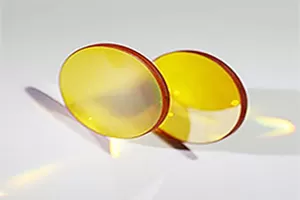






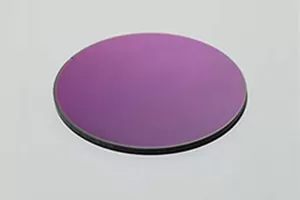


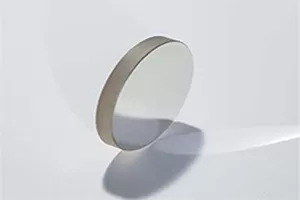






 EN
EN
